Collective Intelligence - Learning from Ants
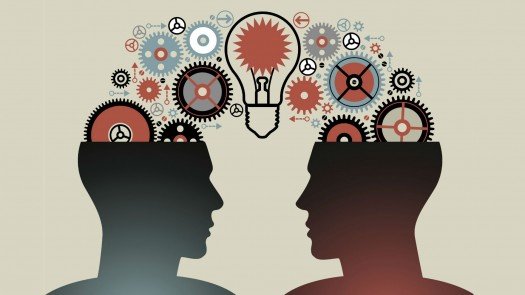
Ants can help mathematicians, engineers and robotics designers through understanding how they coordinate themselves into complex structural formations to accomplish tasks.
This is something to be quite amazed about on the part of the ants due to their limited brain power.
The Eciton burchellii army ant is one of the most studied ant species. They have a soldier caste that is ferocious looking:
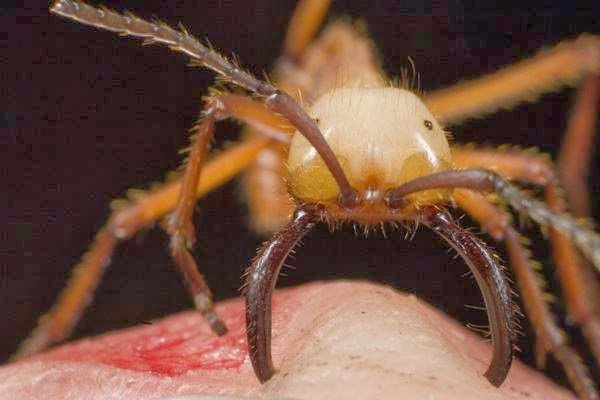
Studying them is hard since they are nomadic. You can't bring them to the lab to study in an ant farm. You have to bring the lab to the ants. Each day they build a new bivouac temporary home to live in, which is made of layers of different types of ant castes. It can be made hundreds of meters from the previous one.
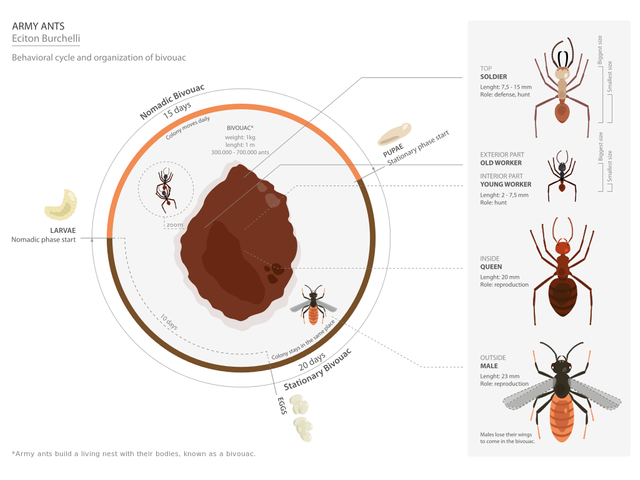
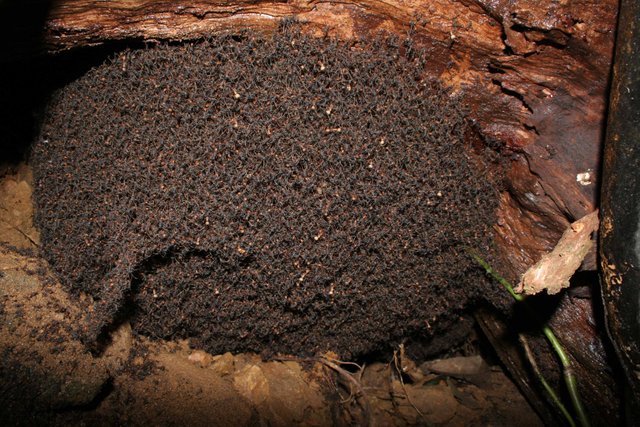
These guys can build structures like bridges, and poles, even cover pot-holes, in order to get tasks done like moving objects or moving over gaps to get somewhere else. They use the hook on their limbs to attach and latch onto each other, enabling them to span across distances of empty space.
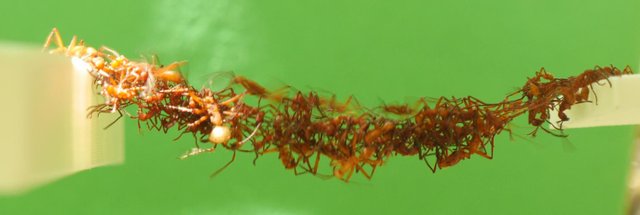
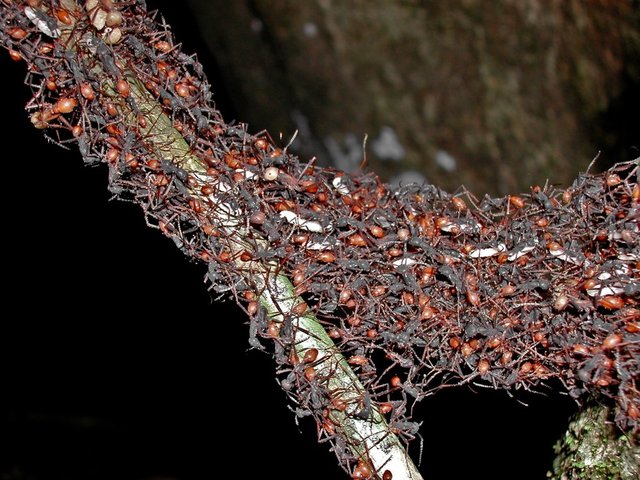
The Science
The Eciton ant was studied for their movement and structural patterns to try to understand why they organize themselves into certain ways. Place a V shape in front of them. Rather go around, the chose build bridges as a shortcut. Not bridges of the shortest possible route, but dynamically extending from the apex of the V, outward to the mouth opening. The bridge gets wider and longer, but doesn't ever really go straight. Is it more cost effective?
They make these decisions from moment-to-moment, instinctively as a collective to determine how to best allocate their labor. Imagine that. Not know exactly what your doing in the long term, no far sighted goal, but just doing small actions in the local time frame and vicinity and getting it so tightly organized. All there is, is local knowledge and senses through which to gain that knowledge. But some how, a larger goal is always being worked towards.
They don't coordinate in this global complexity by touch, sight or smell, even if they use that locally for their specific tasks.
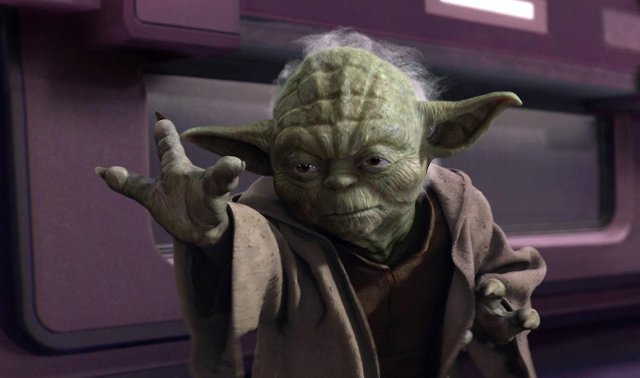
The driving force that moves and guides them seems to be based on proximity and contact between each other.
When there is an obstacle or gap that they can't follow the scent of a previous ant, or are making a new way forward, they pile up. As two, three, four pile up, this increases the chance that one of them will stop just piling up, and engage in a structural role. As more ants come in, more ants get added to a structural build. If its an air gap, they build a bridge. If its a wall, they go up.
As less ants pile up, less contact is made, and eventually as they stop proceeding forward in a connected chain, the ones who first lose connection in the rear will start to decouple themselves from the structure and resume their movement forward. Eventually all the ants uncouple and continue foraging.
This mechanism allows dynamic changes in position, length and width of the living structures they create.
When the researchers modeled the the scenario and tried to determine the best cost effective construction, the computer gave a result that matched the dynamic bridges of the ants.
Similar to construction, ants also work together to move large objects. They dynamically adapt to changes in senses about the objects they share carrying a load of. They exert forces, and detect counterforces, thereby adapting its own behavior to compensate as necessary and keep the object moving. The load itself is the measure of the behavior, not their sight or smell.

Individuality or Collectivism
Why would one ant choose to become part of a loop in a chain to build a bridge, when it could just keep walking over all the others and get across the bridge to continue onto its destination?
One answer is: ease of task. It might just be easier to hold your place in a line, than to go out and look for food as a forager. Hanging connected to others is a low energy state by comparison to constant movement. Looking for food, on your own, int he wild, also risks a predator getting you.
A better reason is the cooperative model that they are not really in competition to get to some destination first and be the "winner" before someone else. Evolutionarily, success and fitness is adaptability to change in order to survive and reproduce. This is how many things work out in competition for resources in an environment. But for ants, they operate as a colony of closely related sisters with only one queen. Ants aren't individual profit markers, they are more like a cell in an organism.
Whereas an organisms' intelligence tends to be directed by the higher order complexity, ants are the higher order complexity and the intelligence of the overall colony is not found in the organism itself, but within the individual members of the organism, the ants, unlike the cells. This makes the collective cell-like behavior of ants not like a simple organism, but a super-organism.
This ability to "organically" activate organization is an emergent behavior of groups where something more comes about than simply the sum of its parts.
Model for Robots
Autonomous and cooperative robotics researchers learn from ants. They make swarm-intelligent phalanxes of simple robots.
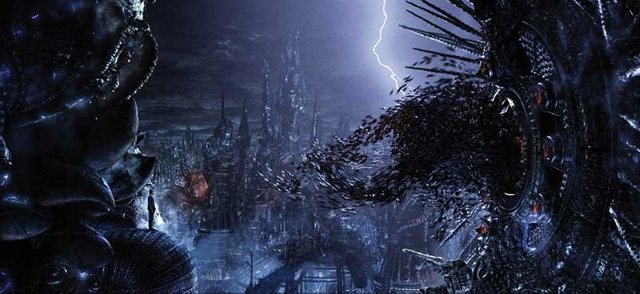
Getting all of those robots to align their movements in synchronization to coordinate together, is the challenge.
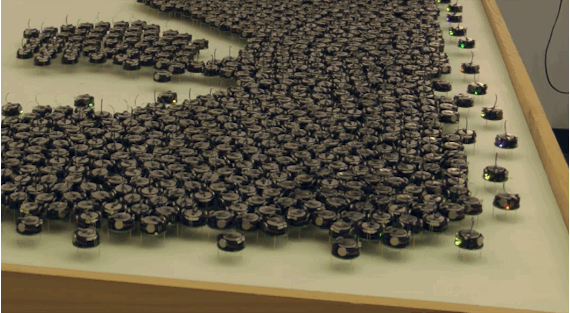
Rather than a CPU, the robots rely more on local level responses to local conditions, like the ants. Distributed robotics can be used to find cracks in buildings, search and rescue in rubble, and anything else we can think of like nanotechnology that self-builds into larger constructs for us to use. Imagine a tool that reorganizes, reshapes and reconstructs itself according to what you command it to. A bunch of tiny machines that hook onto each other and build into a larger one. There are many possibilities.
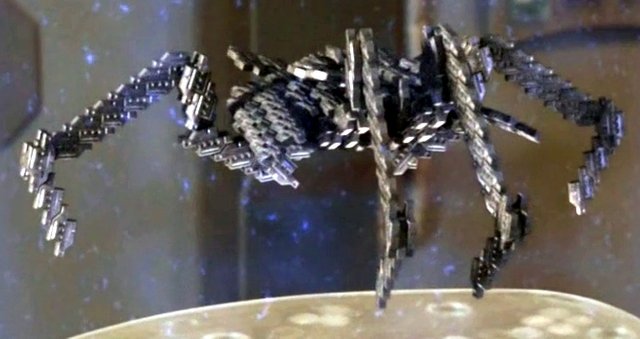
But this is a ways off.
For now, swarms have been created by the Self-organizing Systems Research Group at Harvard, with 1000 small robots to assemble into two dimensional shapes.
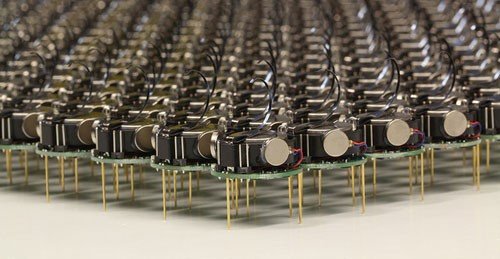
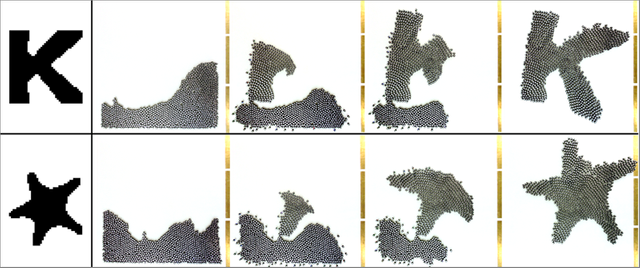
We can look at the ants as a forerunner to developing the cooperative robotic modeling, but also look at them for the types of problems they solve.
When the ants manage their food source through foraging, they get various types stored to get adequate nutrient content. They don't over-store one type, because that means less room for the other kind. They are doing multivariable calculations, like we do to manage the power of our collective electrical grid. We do it centrally in a managed way though. The ants don't. They aren't simply following rules, there is something else that shows a great level of individual ability to cooperate towards their own and the collectives gain.
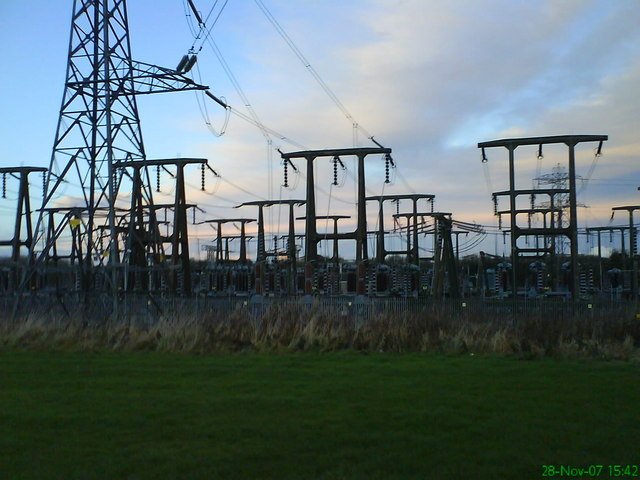
Knowing how the ants develop there emergent properties through group dynamic cooperation can help our understanding of our own social benefits. This includes complex human systems like stock markets, governments, and even our own brains and minds. We could very well be analogous to ants, as all the neurons together for the emergence of our consciousness.
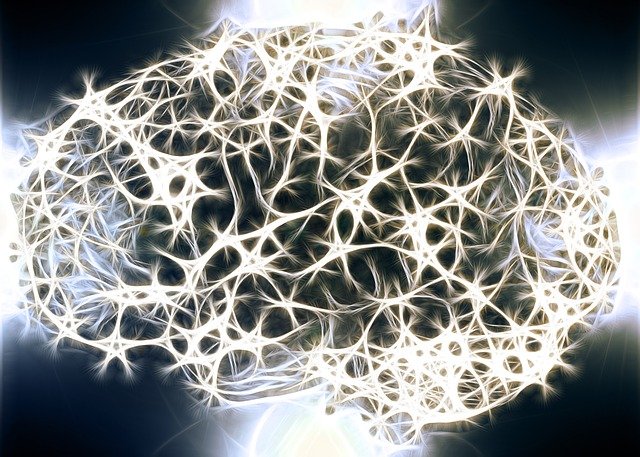
Society is also based on self-organizing principles, or spontaneous order. We can possibly learn much from our distant animal relatives.
[Images: 1, 2, 3, 4, 5, 6, 7, 8, 9, 10, 11, 12, 13, 14]
If you appreciate and value the content, please consider:
Upvoting  , Sharing
, Sharing  and Reblogging
and Reblogging  below.
below.
 me for more great content to come! Please also go through my older work to learn about more topics.
me for more great content to come! Please also go through my older work to learn about more topics.
Author: Kris Nelson / @krnel
Contact: [email protected]
Date: 2016-11-10, 7:20pm EST
Amazing topic! Gives me some quality associations on human behaviour that is better I don't say not to offend anyone. I remember one superb video, a guy poured alloy in ants construction within soil. Unfortunately, he destroyed many ants, but the metal outflow was absolutely perfectly shaped and complex. I couldn't believe my eyes. I was totally amused seeing it. Try to google it under video section, I seen it in documentary but maybe you'll get lucky and that would be perfect include to your post. Well done! Absolutely interesting. reestemed!
I found it for you..
This post has been ranked within the top 25 most undervalued posts in the first half of Nov 11. We estimate that this post is undervalued by $11.46 as compared to a scenario in which every voter had an equal say.
See the full rankings and details in The Daily Tribune: Nov 11 - Part I. You can also read about some of our methodology, data analysis and technical details in our initial post.
If you are the author and would prefer not to receive these comments, simply reply "Stop" to this comment.
This post has been linked to from another place on Steem.
Learn more about and upvote to support linkback bot v0.5. Flag this comment if you don't want the bot to continue posting linkbacks for your posts.
Built by @ontofractal
This should have WAY more steem! only $8? and 214 upvotes wow i gues alot of por steemians wit no steempower upvoted this?
Ill try to show @thejohasfiles or @craig-grant or @stellebelle so they can upvote this and it can go up to like at least $20!